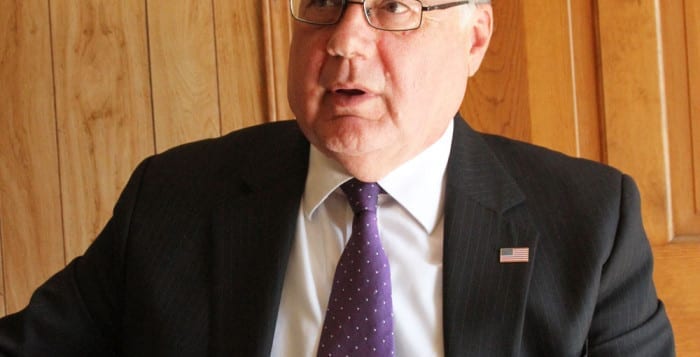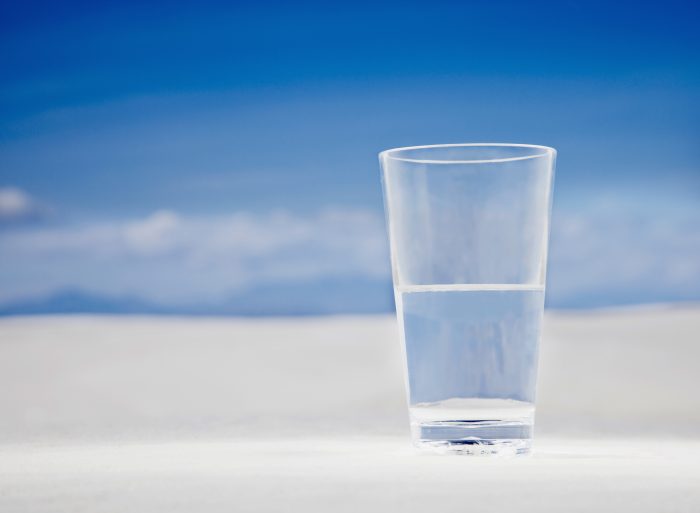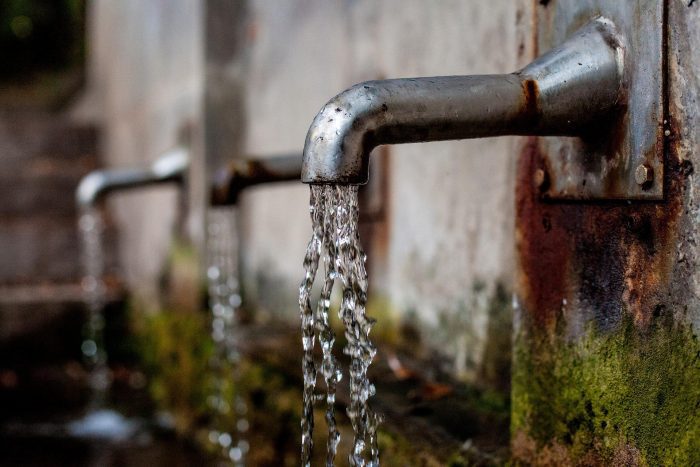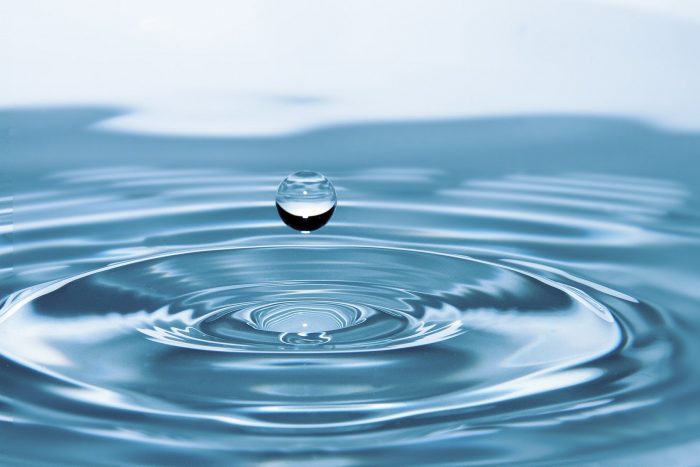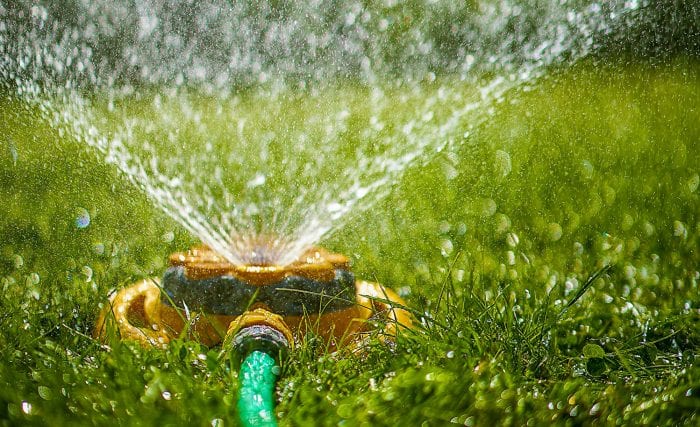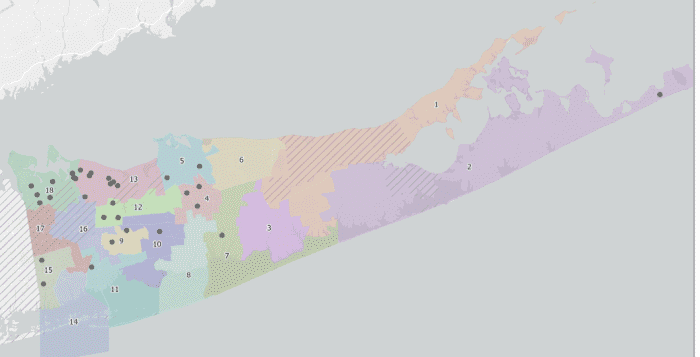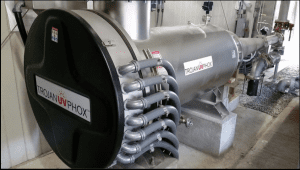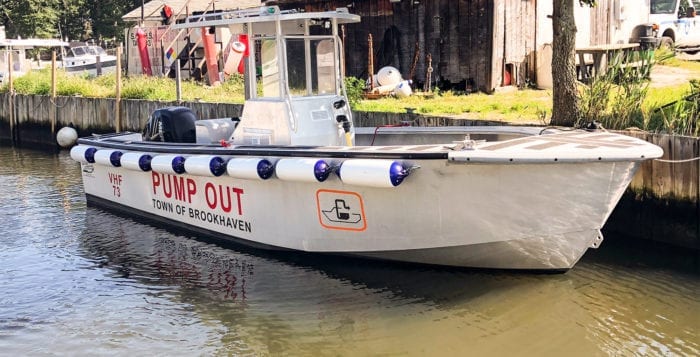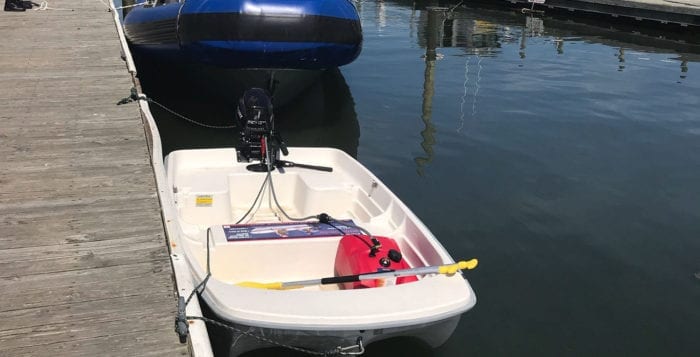By Emma Gutmann
For World Water Day on March 22, Suffolk County Executive Ed Romaine (R) announced the start of the 2024 funding cycle for the county’s Water Quality Protection and Restoration Program. Under this annual program, grants are provided to eligible projects designed to protect and restore the county’s groundwater and surface water resources.
The Drinking Water Protection Program was originally approved by the electorate in 1987 and has been modified over time to bring in other issues such as land stewardship. WQPRP funding is drawn from revenues generated by the 0.25% sales tax, as detailed in Article XII of the Suffolk County Charter. This article is designated to the program for environmental protection, property tax mitigation and sewer district tax rate stabilization.
With 11.75% of the total revenues generated each year under the 1/4% Drinking Water Protection Program, WQPRP grants funding to municipalities and nonprofit organizations for projects that fit under one of the following umbrella categories: (1) habitat restoration, reclamation and connectivity (2) non-point-source abatement and control and pollution prevention initiatives (3) no-discharge zone implementation (4) land stewardship initiatives or (5) education and outreach.
Proposers have until June 7 to apply for an award, ranging from $50,000 to $250,000, toward planning, engineering and construction costs. Applications from last year will roll over without further action.
According to the Suffolk County Press Office, 10 to 15 projects are approved every year, each serving to “maintain the ecosystem services that our natural aquatic environment provides.” This perennial attention to water quality is essential considering the county is enveloped by the South Shore Estuary Reserve, the Peconic Estuary and the Long Island Sound and replete with rivers, streams, tributaries, lakes and ponds.
One notable 2022 grant recipient was the Town of Brookhaven Cedar Beach Habitat Restoration. With the help of WQPRP funding, invasive plants were removed from coastal dunes and forest areas and replaced with a native plant species. This undertaking set out to harmonize the ecosystem through reduced erosion and improved nutrient/pollutant removal. The blueprint also proposed underground wildlife tunnels to provide diamondback terrapin turtles with a safer passage to their nesting grounds than treacherous Harbor Beach Road in Mount Sinai.
The WQPRP Review Committee evaluates projects with a mix of multiple choice and written responses, and also takes into account whether the project is of present priority and/or involves construction or site improvement components.
Online attendance at the Proposers Conference at 11 a.m. on April 16 will garner candidates points toward the scoring of their application. The standout projects will be recommended to the county Legislature for approval.
Although there is a wide range of eligible applicants, the priority project types for this year include wastewater treatment improvements, green stormwater infrastructure implementation, nature/nature-based infrastructure for coastal resilience, fertilizer use mitigation and habitat restoration, reclamation and connectivity.
Projects must have a thorough work plan and budget, as well as proof of the funds that Suffolk County would be matching. The project also must be ready to commence within a year of assuming the grant and completed within three years of the agreement between the applicant and the county.
“This program is an effective tool in our ongoing work to clean and protect Suffolk County waters,” Romaine said. “It is unique in the way it brings towns, villages and the not-for-profit environmental community together with the county to work on projects that make an impact locally and regionally.”
The Suffolk County Press Office adds that everyone’s small contribution toward protecting and restoring our local fresh and saltwater systems is “crucial for preserving and benefiting the environmental, economic, aesthetic and recreational advantages afforded to our community by our unique aquatic environment.”
Information on policies, eligibility and classifying water bodies and their quality can be found by searching “WQPRP” at www.suffolkcountyny.gov, along with an application.

